What is the best pass in the Bundesliga? A question that interests a good 40% of us. A Hummels throughball, a Keita lock pick through traffic, a Stafylidis 40 yard cross? Two of them are good options but I wanted to be a little more rigorous to find out. When you look at the best, you have to look at the worst and we will do that as well. I've been nosing around with different things to do with pass clustering the last few pieces and will continue to do more in the future, this is part of a loosely organized, ongoing series.
Process
Every Bundesliga pass was clustered into one of 100 types based on start and end position. I then looked at the average completion % on each type of pass across the league and compared each players rates to the league average to see over or under-performance.
Here are the 100 types
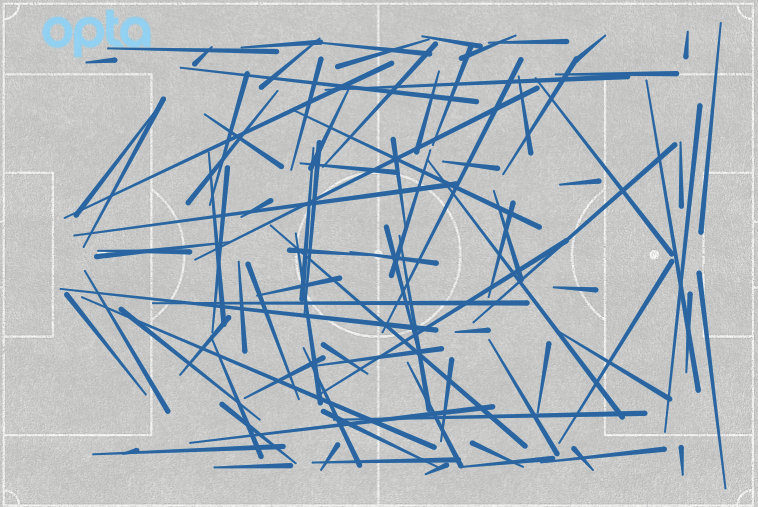
The Best
First, let's look at the "best" pass. How we define best here is most completions above expected. Expected is simply the league average completion % on that type of pass multiplied by the number of times that pass has been played. Our champion is Julian Weigl in the attacking third switching the ball from right to left in the center of the pitch.
Here is the type
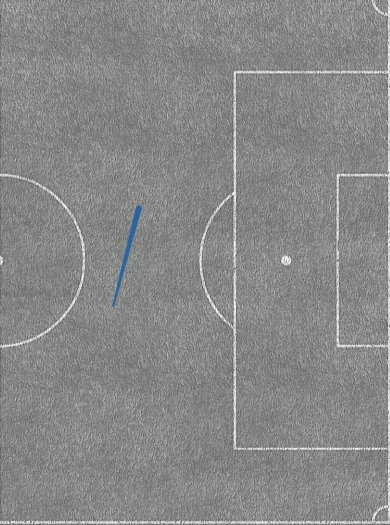
and here are all of Weigl's passes of that type.
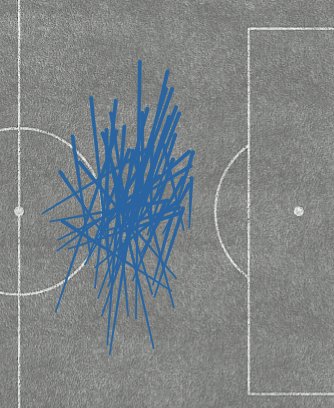
As you can see, even 100 types of passes leaves lots of variation and that's without any complicating variables like head vs foot, dominant foot or not, what happened on previous pass, pace of possession, etc.
League-wide this pass is completed at a 77% rate and Weigl has made 52 of these passes without having a single incompletion, so he is 12 completions above expected just on this pass alone. The Bayern pair of Thiago and Alonso are both around 90% and Castro and Aranguiz are in the mid-80s but Weigl stands alone here. Just on this type of pass alone, Dortmund have kept the ball 12 times more than expected on Weigl passes. Let's take a look at a sampling of those passes from 3 games: Schalke, Hertha, and Freiburg:
What can we learn from this clip? Well you might have a headache from your slowly increasing squinting but I can promise those yellow blobs at the end were Dortmund players. We can also see that the credit can't go solely to Julian Weigl, but to Dortmund's Julian Weigl working within the team's system. Several of the passes come after pullbacks from the wing have opened up a bit of space. Team context is always incredibly important looking at anything like this, which the video helps to show. Several of Weigl's plays take out defenders and advance the ball, so this type of pass feels like a great fit of a player in a system that rewards his specific skills in this part of the pitch. He gets rhythm in a way that keeps the Dortmund attack moving.
Other passes that grade in the top 5 are unsurprisingly lots of Bayern players: David Alaba (moving the ball vertically down the left touchline toward in the final third) along with Hummels and Martinez (moving the ball vertically to midfield). The weird fifth member is Paul Verhaegh dinking the ball back towards the center in Augsburg's own half, this comes from incredible volume to rack up more completions than expected: he has played 71 of those types of passes while no other player in the league has more than 43.
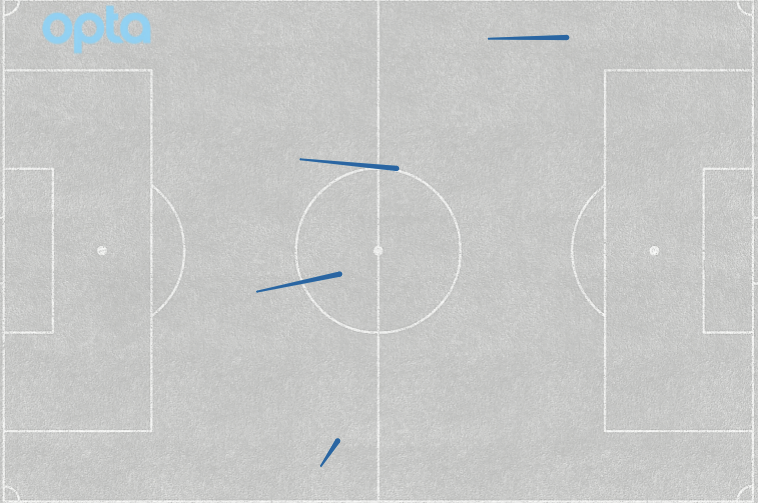
The Worst
This is more cruelly enjoyable. Lots of wide players are near the top of this category: Dong-Won Ji in the opposition half for Augsburg plus Stafylidis and Douglas Santos in their own half struggling to get it out. Alexander Schwolow, Freiburg's keeper, is completing long balls to the right side at just a measly 28% clip. This compares poorly to his fellow high-volume long ballers in Hitz (49%) and Gulasci (52%). None take the top spot however, though Santos has a great glimpse of it if he just looks up. That top spot is reserved for Filip Kostic and that pass looks like a harmless move in from the left wing toward the box, right?
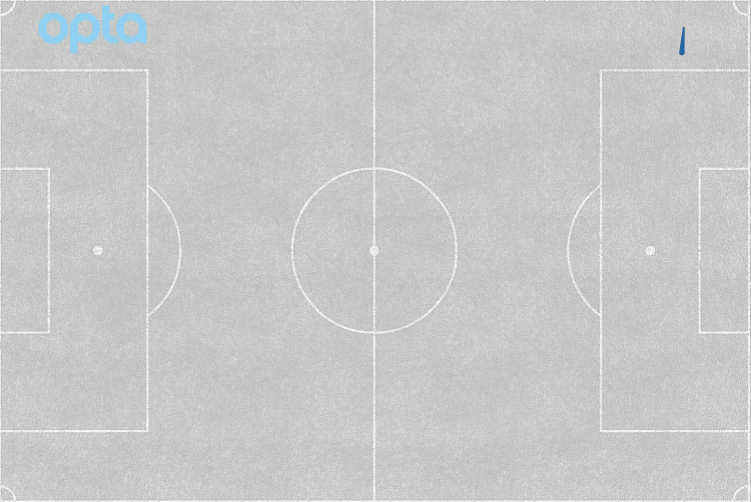
This pass is completed 65% of the time, all of the top 25 most common passers are at least 44% on this pass type, except for our man.
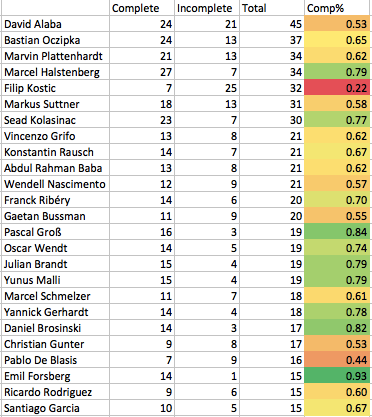
A glimpse at 2 games worth of these passes shows us the problem immediately:
He's not trying to pass the ball to someone near the edge of the box but is isolated and trying to hit long crosses only to smash them directly into defenders standing 3 feet away. Hamburg are losing the ball twice a game on these types of passes from Kostic. It's not like he's amazing when the ball gets past the guy who is literally standing right there: he's hitting about league-average rates on the crosses that actually get into the box. Several of the plays in the video he starts much closer to the middle and dribbles out as far toward the edge of the pitch as he can, making the pass as difficult as possible and seems to just ignore the first man. If Kostic never tried these passes or the moves to get him into position to make these passes, Hamburg would almost certainly be better off. I'd encourage him to dribble inside or pass before he gets to the edge of box extended line, not much good happens when he dribbles wide and deep.
Creating Chances
I will keep this section short as the sample sizes get incredibly small, but there are some interesting bits. Start with Bayern vs Dortmund inside the box on the right side.
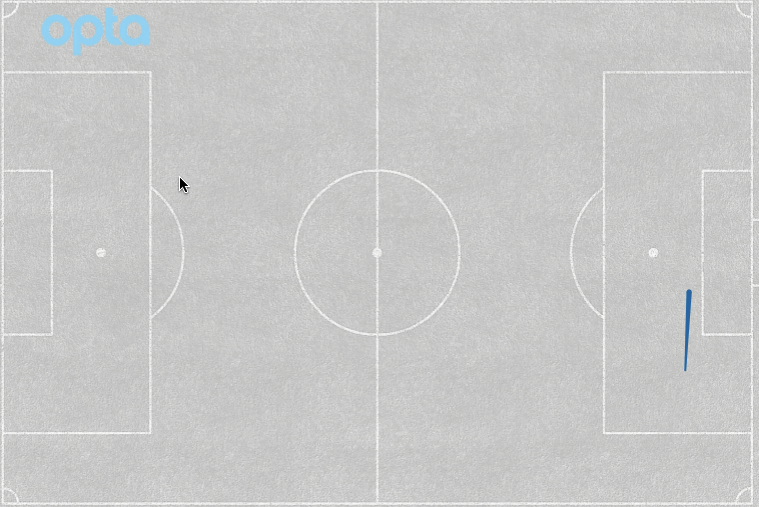
Müller and Robben are Bayern's men at work there while Dembélé and Pulisic run the show for Dortmund. There are yawning differences in results: Bayern's duo are 21/50 with 9 chances created
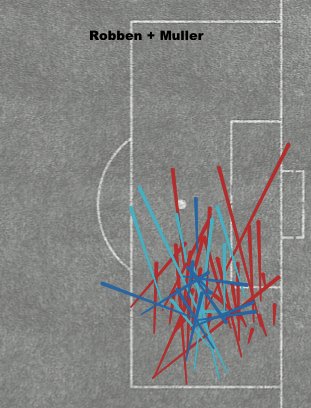
while Dortmund's are 5/43 with 1 chance created.
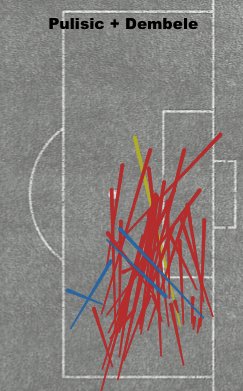
The average pass from this area creates a chance 1 in 5 times so Dortmund are either incredibly unlucky or have some limitation keeping them from taking advantage of getting into great position. If Dembélé just created chances at a league average rate from this passing position, he'd have 5 more. No other player's has a type of pass with more of an "underperformance" if you excuse the sloppy language. Packed boxes might explain some of it, but generally Dortmund racks up elite completion %'s inside the opposition box. This is a weird one, maybe the exuberance of youth is at fault: neither Dembélé or Pulisic was alive when Bill Clinton was sworn into office. Pokemon the TV show aired before either was born, Tony Blair was elected as Ousmane was still inside his mother. Neither were alive to see Deep Blue beat Garry Kasparov, and neither have been alive at a time when Hong Kong was under British control. Anyway, we can wait a couple years until they can grab a beer together in Hershey, PA and re-check this but for now we move on.
America's First At Creating Chances Above Expectation?
Where Pulisic is on one side of the spectrum on this type of pass, Timmy Chandler is on the other. Chandler's high key pass total is due to his "over performance" on these types of passes. Where Dembélé and Pulisic have created 1 chance in 43, Timmy is at 7 chances in 15 passes. Under the new Bruce Arena call-up system, that might overcome being born outside of the country, you never know.
All-In With Max The standout at creating more chances than expected is quite a tasty result. Max Kruse hasn't even played 700 minutes yet for Bremen but has been fantastic for their attack. With this type of pass in particular, he's been nearly impossibly good:
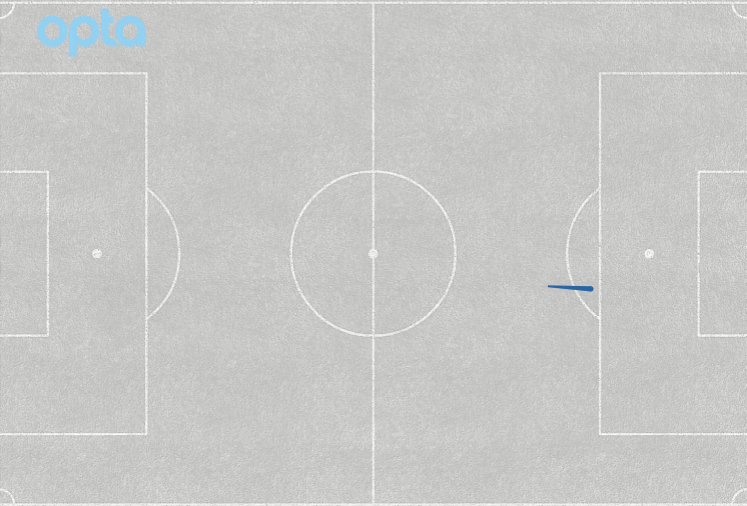
On a pass that only about 1 in 8 turn into chances, Kruse has created 5 chances from 6 passes. Only Keita and Dembélé have created more chances on this type of pass and it took them 31 chances to get 6 and 7. Hakan Calhonoglu (RIP) hasn't created a chance yet on 23 of these passes.
Team-wise there is some serious variation on plenty of types of passes. The type we talked Kruse on, Gladbach have created 6 more chances on 62 fewer passes than Leverkusen.
My favorite team-wide stat I've found so far is Ingolstadt have played 107 of these types of passes, 31 more than any other team.
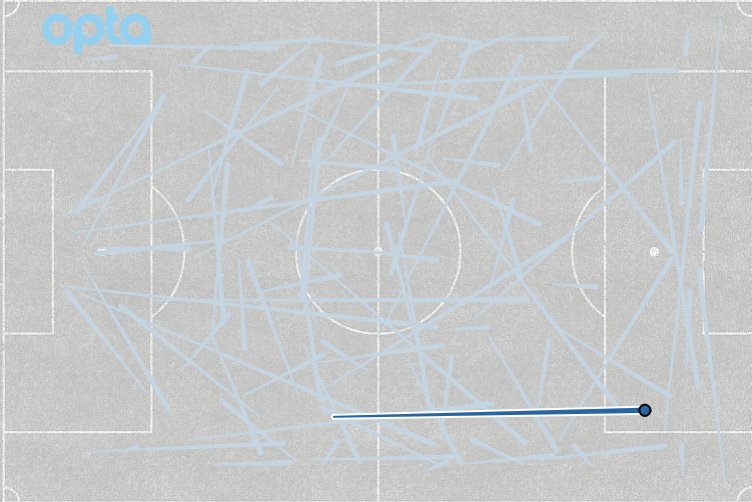
There are lots of bits to investigate with this type of clustering process and lots of ways to improve it. One way that is doable for some but not quite yet for me that stood out watching the Weigl video was when in a specific possession a pass comes and/or what happened the pass before. If you are passing after a cutback from your right back, your forward passing % presumably will be much higher than if you are Yusuf Poulsen and just won an aerial duel on a Gulasci long ball. Lots of places to go, but hopefully you enjoyed this place we went.
